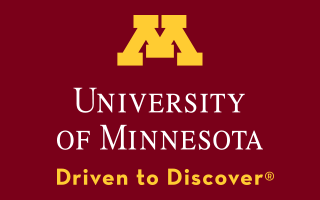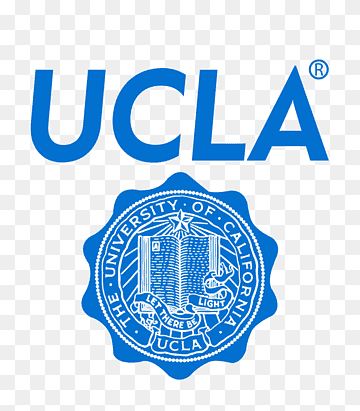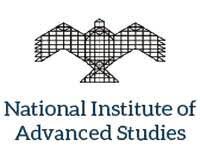About the Project
The so-called "global cities" model of urban development aims at enhancing economic competitiveness and reducing poverty in rapidly growing, densely populated cities of the Third World, and strives to transform mega-cities (cities with populations of 10 to 20+ million) into "world-class" cities with matching infrastructure and amenities. This project thus investigates a policy issue of considerable relevance to the US and countries worldwide: Are the major land transformations underway in rapidly growing metropolises helping to reduce urban poverty and increase urban sustainability? Using Bangalore and Jakarta as case studies, this project examines how governments, global policymakers, international banks, local financial and political entrepreneurs, land developers, and ordinary residents shape commercial real estate and infrastructure projects at the core of this ambition.
Inspite of a policy consensus that the "global city" template reflects current best practice for transforming mega-cities into economic growth engines, mitigating urban poverty, and achieving urban sustainability, the persistence of youth unemployment, jobless growth, widespread impoverishment, and environmental hazards (such as air and water pollution, mosquito-borne ailments, poor sewage and sanitation) in such cities raises the possibility that this prevalent model of urban transformation is not working as envisioned. In order to study whether and why this might be the case, the project investigates three interlinked processes: 1) the networks and mechanisms through which land is acquired, consolidated, and transformed into a market commodity for large-scale real estate and infrastructure projects, asking who is able to participate in the land market and who is not; 2) how policy and financial networks influence the implementation of the "global city" approach; and 3) whether this model of urban transformation ultimately disadvantages more people than it advantages, undermining urban livelihood and employment possibilities. The investigators employ a mix of qualitative and quantitative research methods, including policy evaluation and analysis of census and remote sensing data, as well as interviews with urban residents and key actors in two Asian mega-cities, to meet this tripartite scholarly objective.




